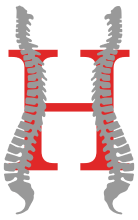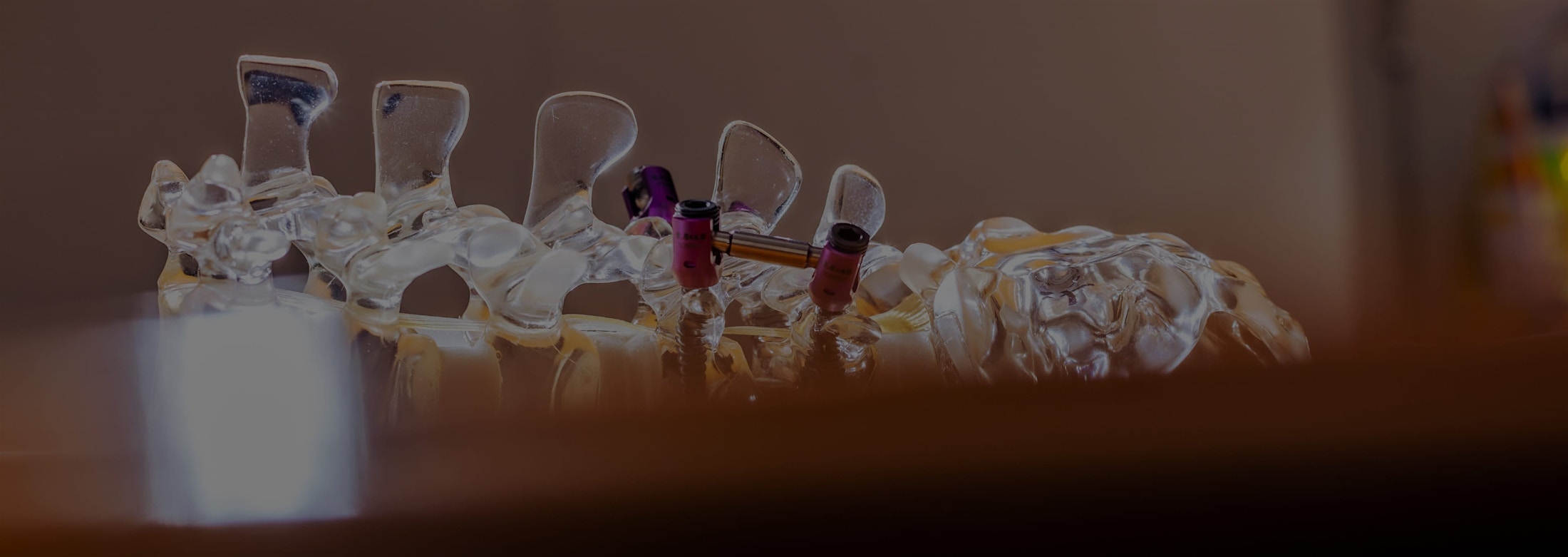Spinal decompression surgery refers to any of a group of procedures performed to relieve compression and pressure on the nerve roots or the spinal cord. This could involve bony growths that may narrow the spinal nerve openings or the spinal canal, thickened joints, loose ligaments, or collapsed or bulging discs.
Lumbar Decompression Surgery
Lumbar decompression surgery is most often performed in order to alleviate leg pain and numbness as a result of nerve pinching in the lumbar region that hasn’t responded to other treatments. It is not usually a treatment aimed at addressing back pain, though it may alleviate lower back pain as well as leg pain in some cases.
Issues that may be treated by our spine surgeons using lumbar decompression surgery include:
- A slipped disc with sciatica
- Spinal cord compression as a result of metastatic cancer
- Spinal stenosis
- Spinal injuries
Lumbar decompression usually involves one or more of the following procedures:
- Laminectomy
- Discectomy
- Spinal Fusion







